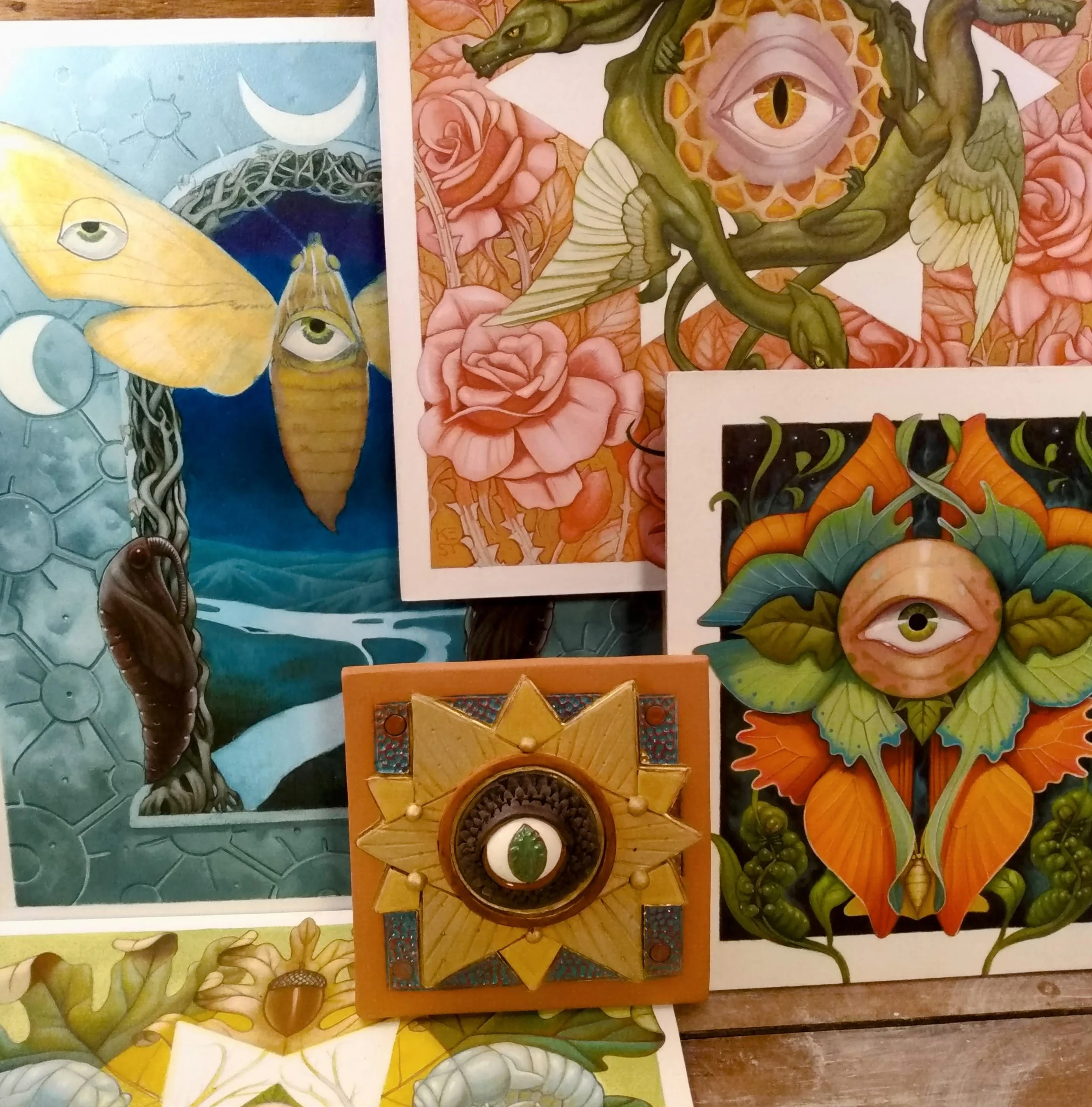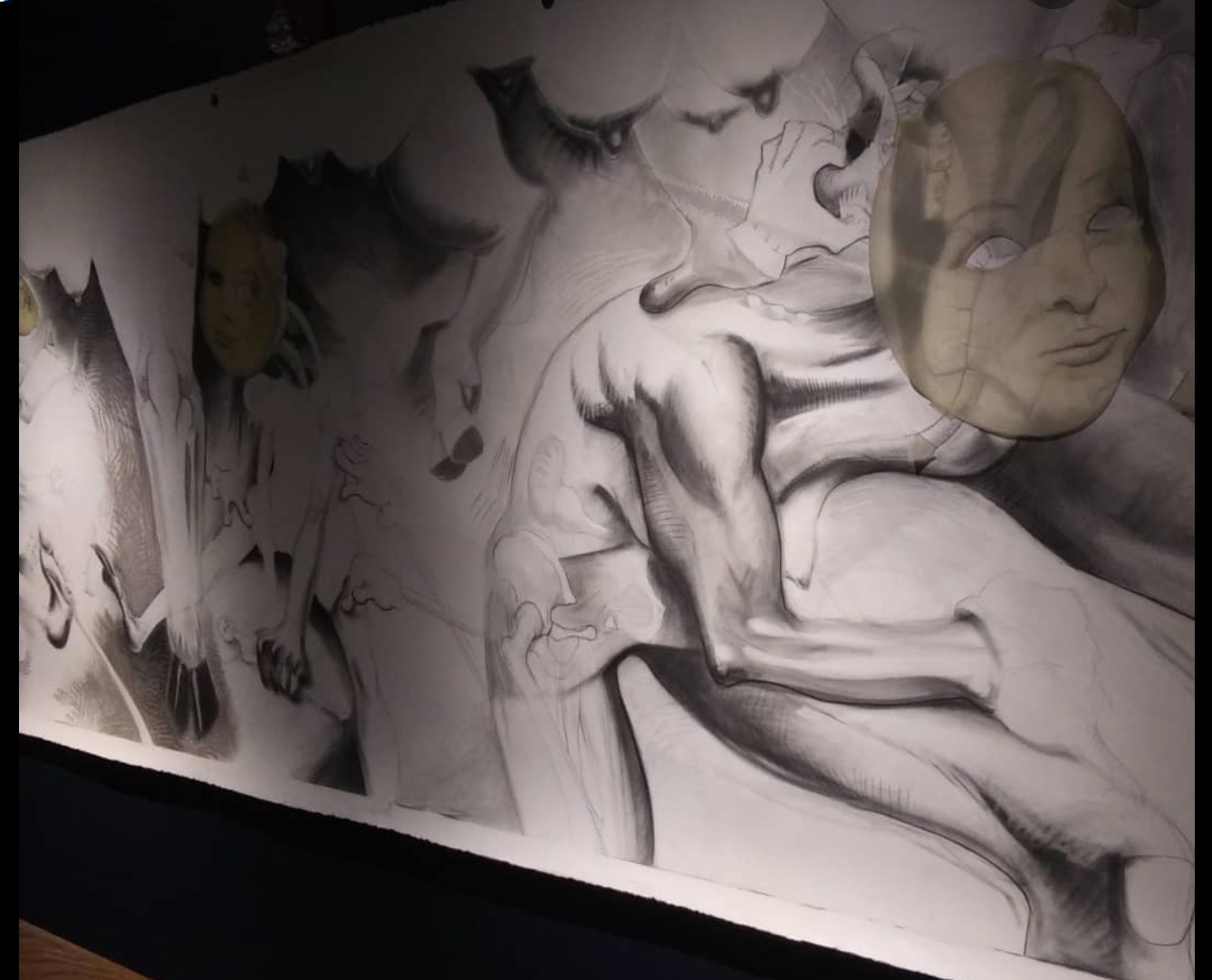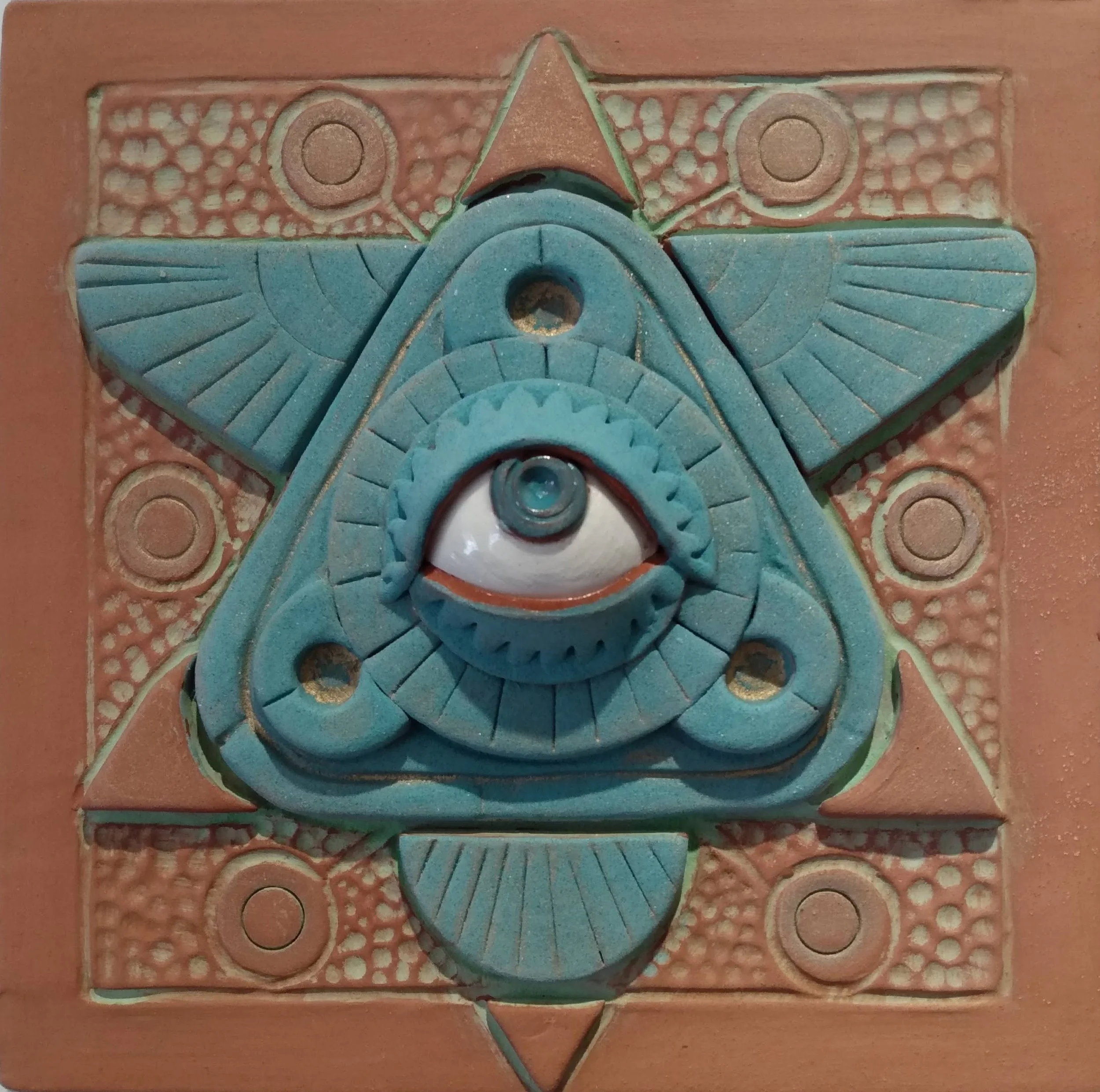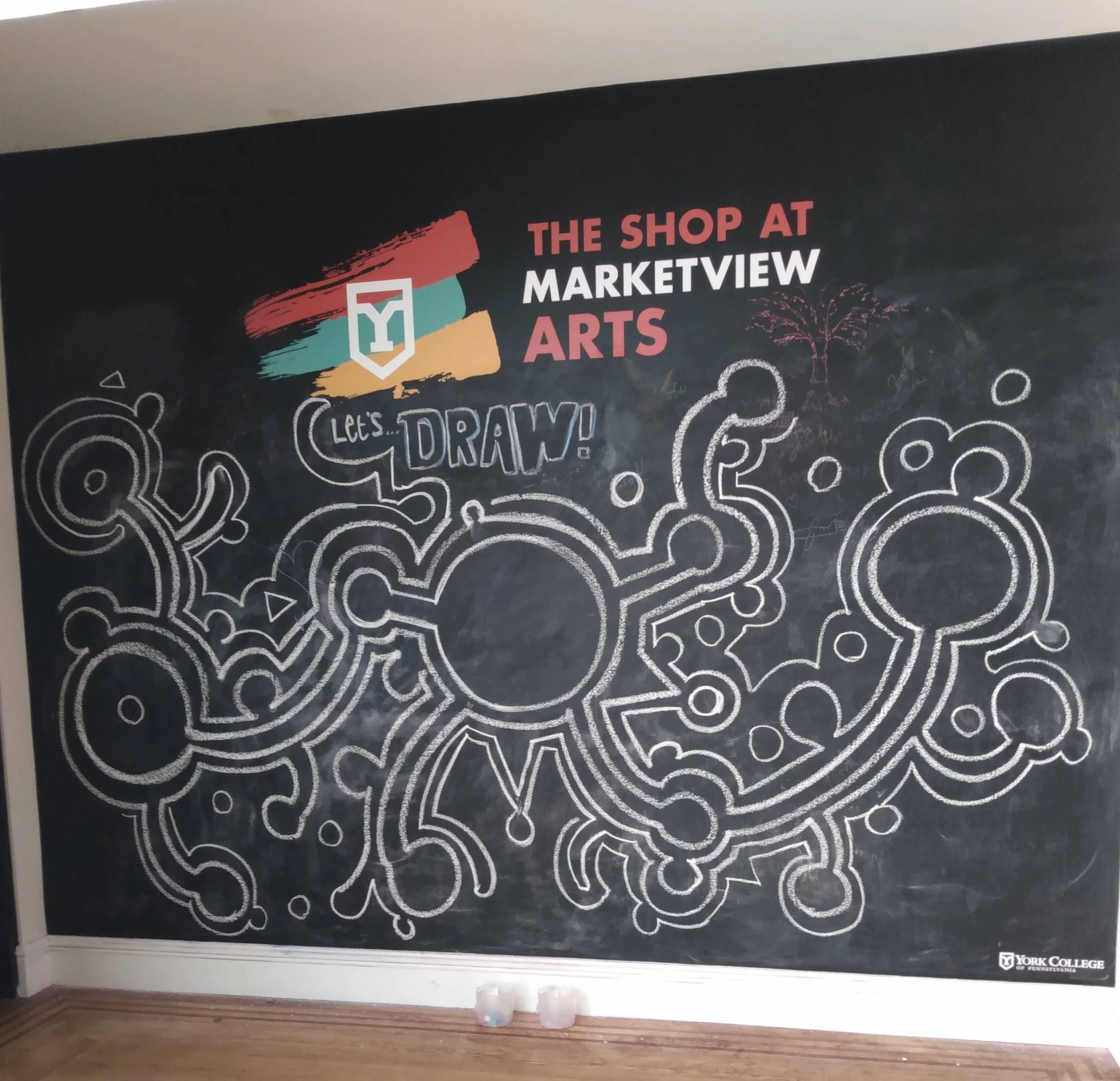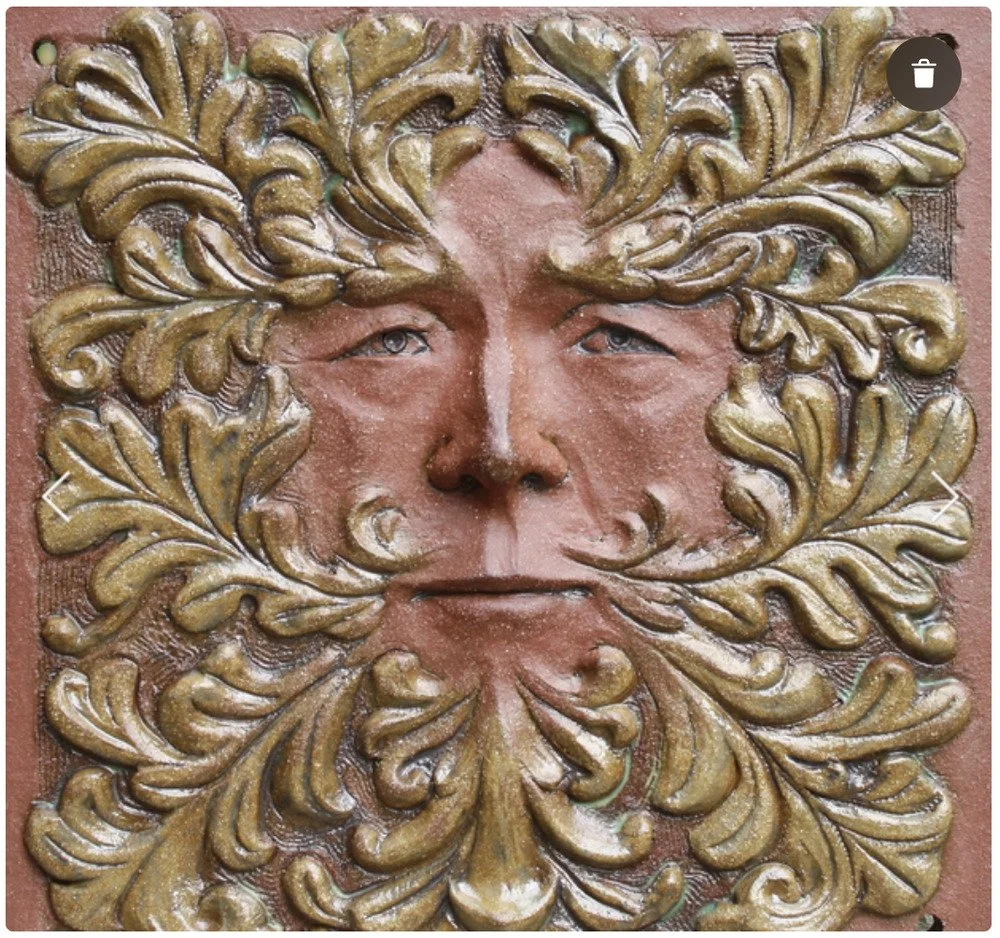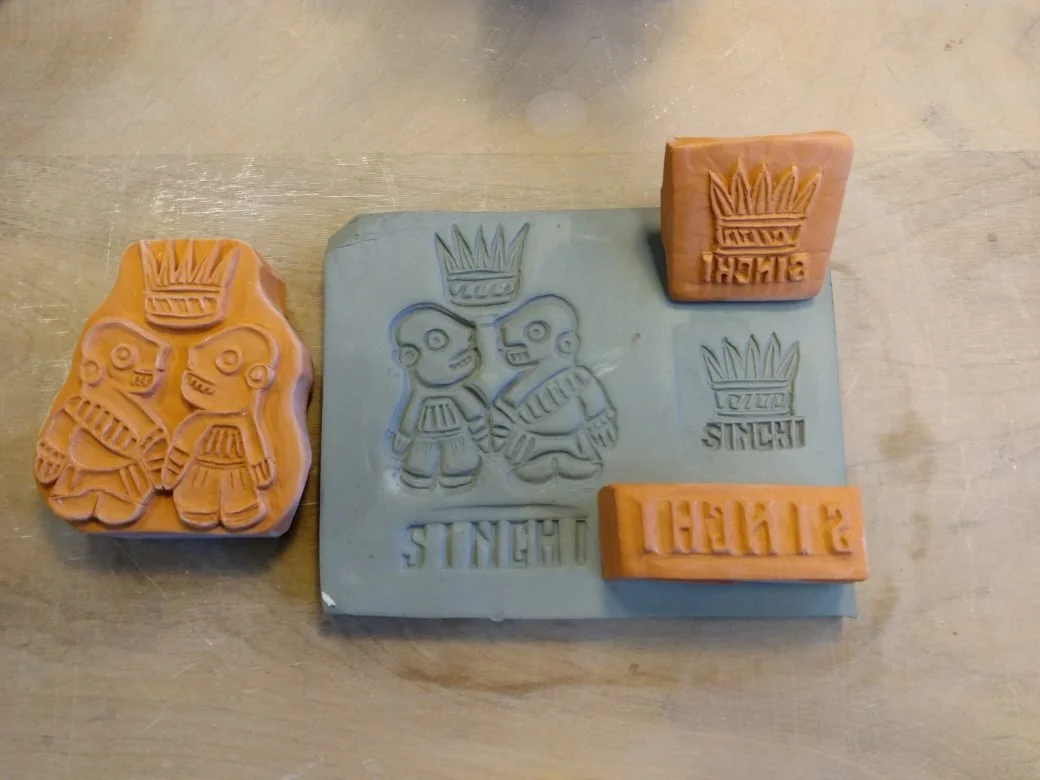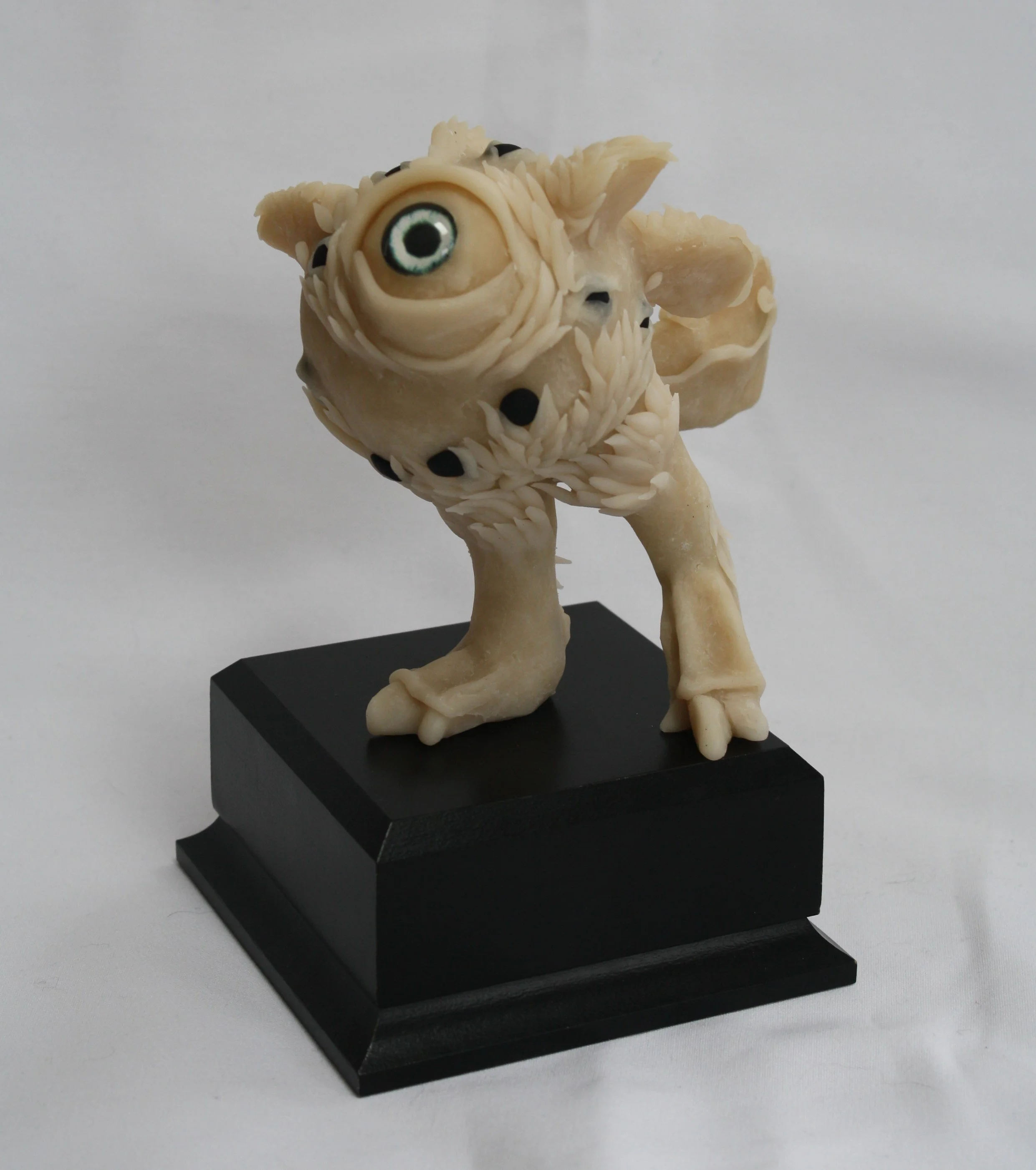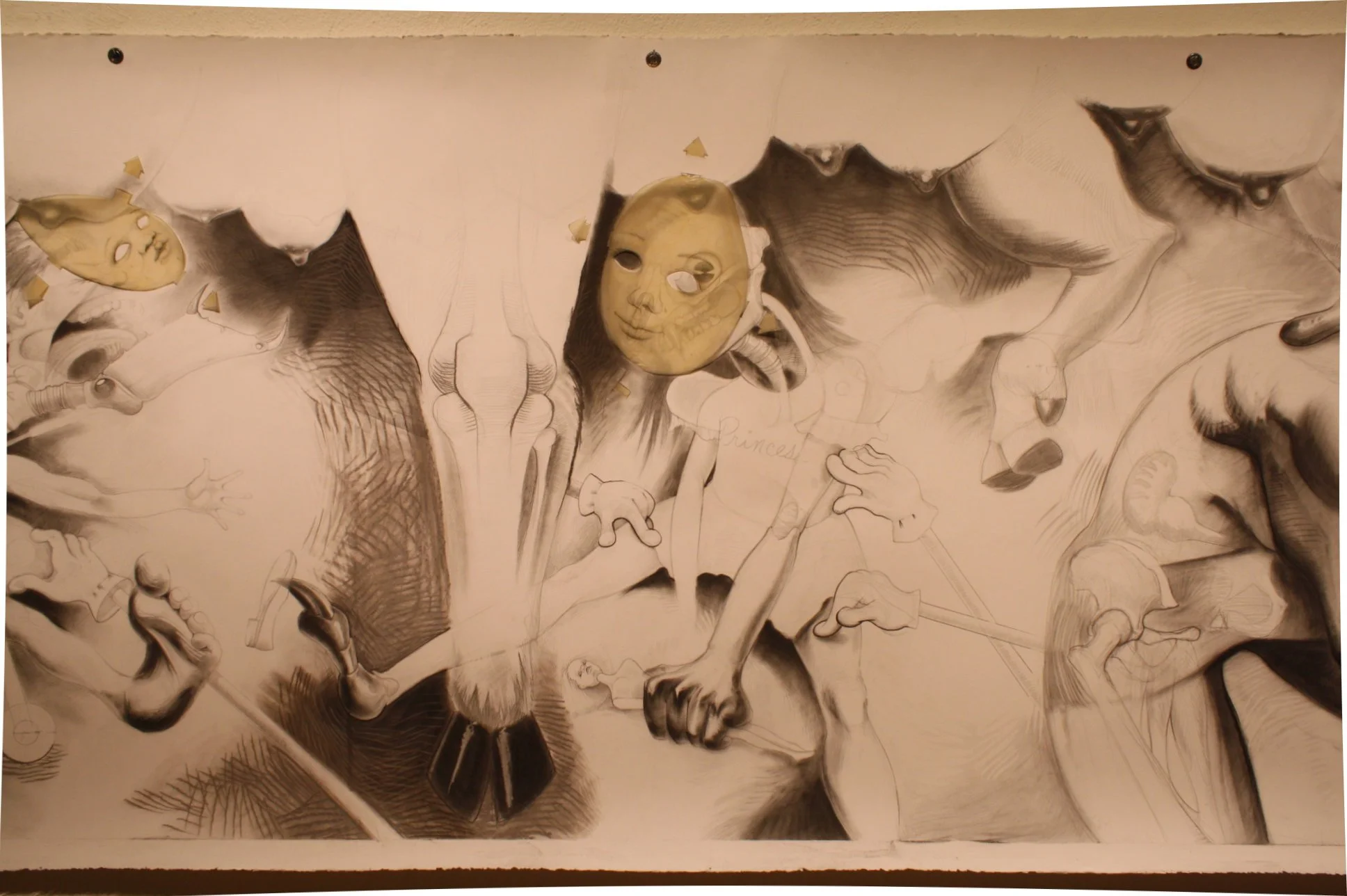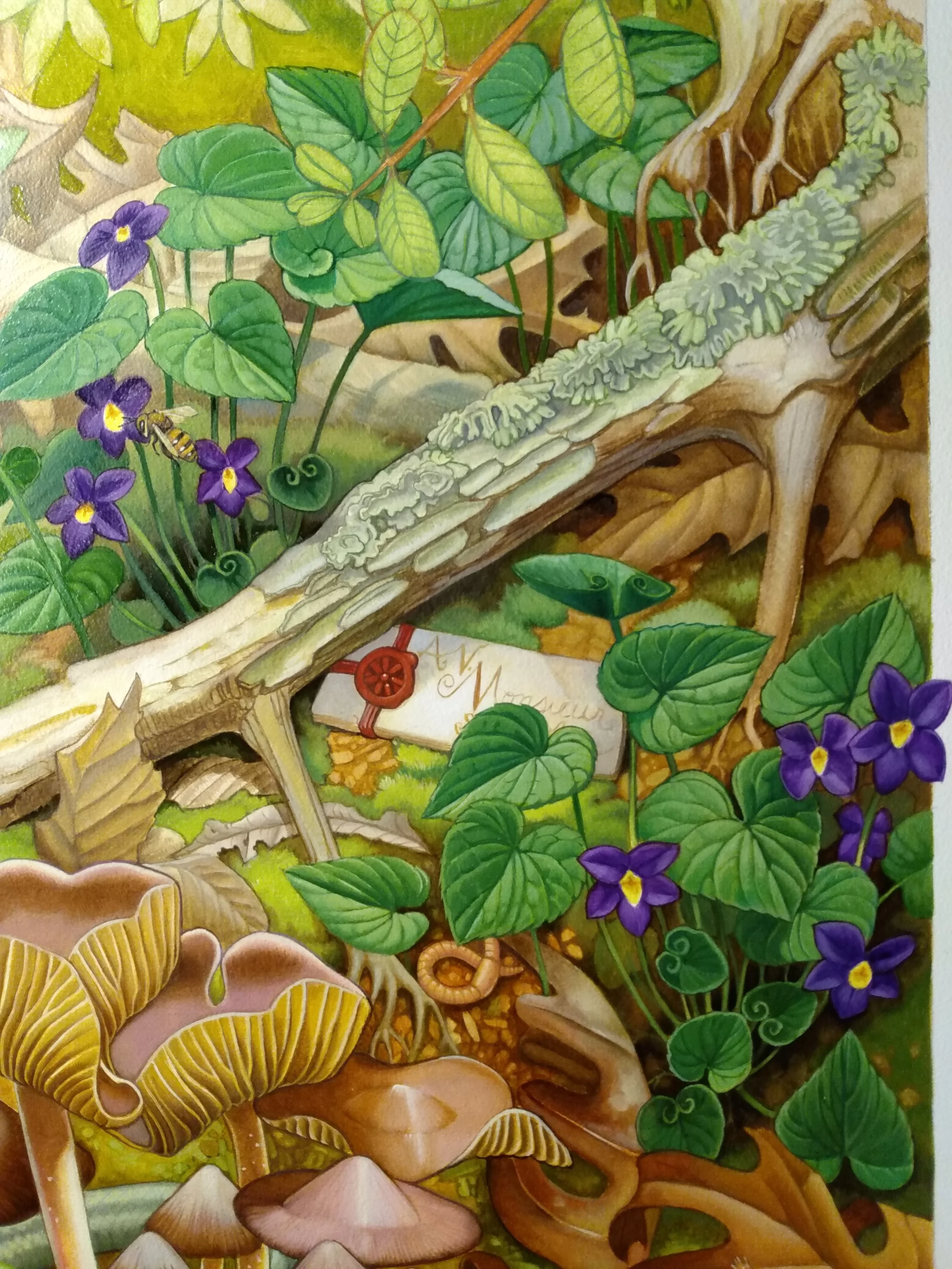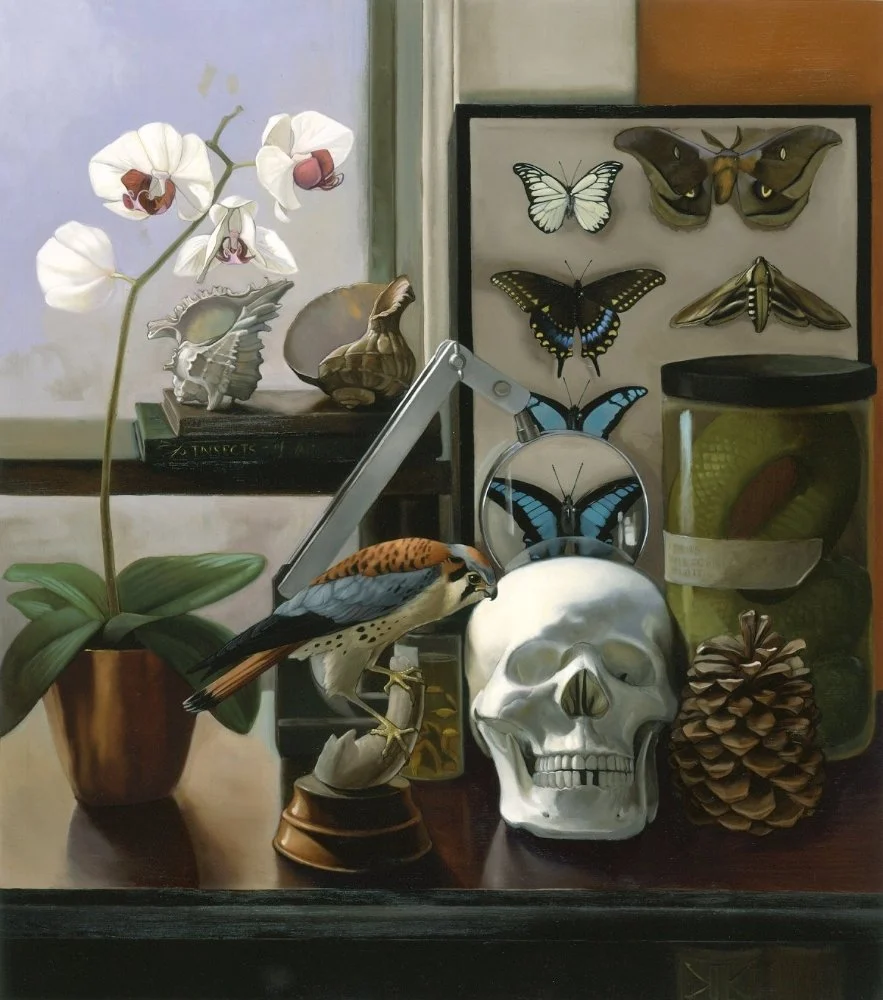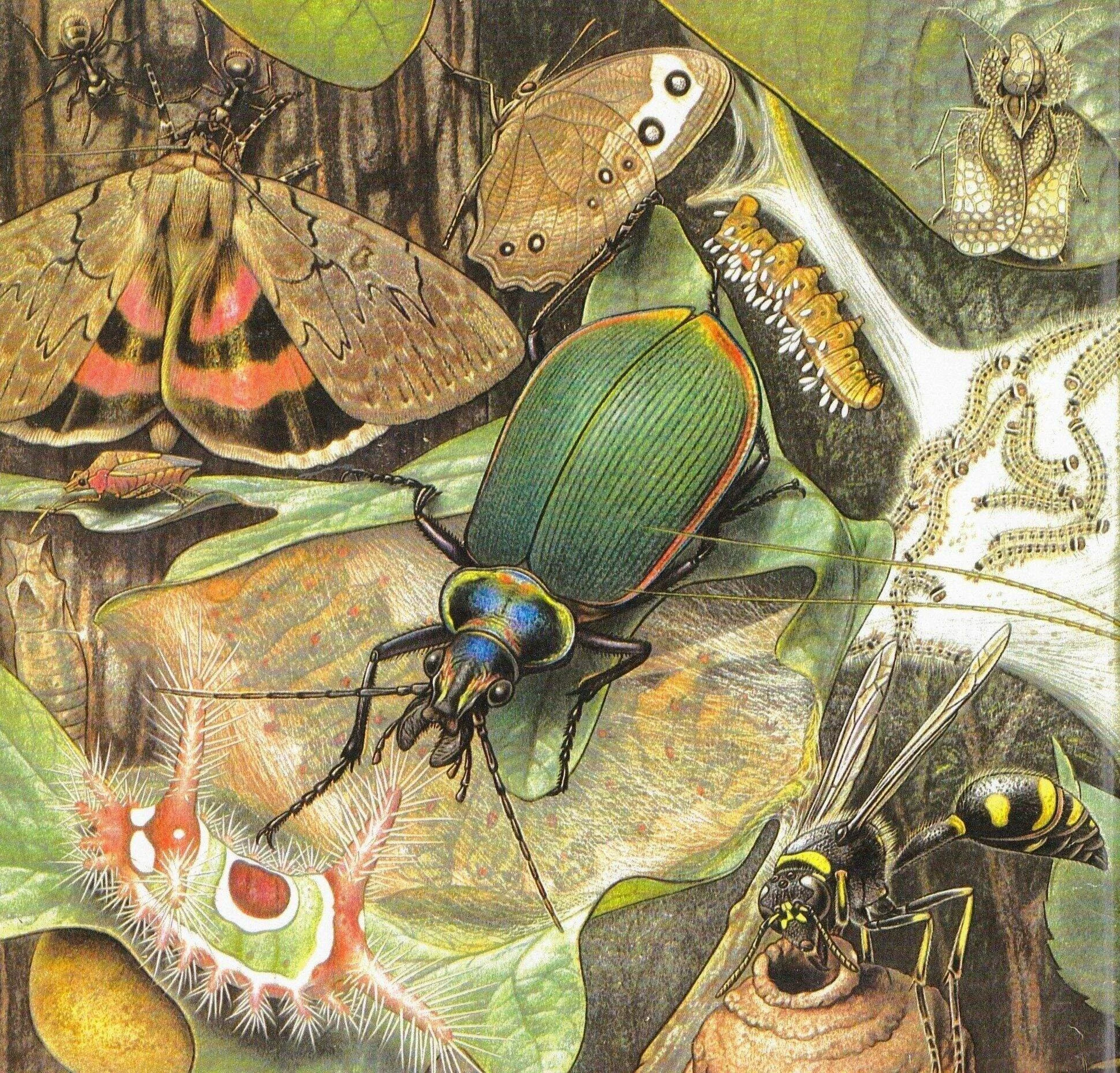I've written on this topic before and it's still one of my favorite perennial questions. I ask myself this question a lot when I find myself feeling that little sour churn of "no, I don't want to do that [insert certain thing] in my work.
Then I get to ask myself, "why not?" What am I resisting? What am I afraid of? Will it be too difficult or challenging? Will it be perceived as too risque? Is it out of my "comfort zone"? Why?
Over the years I've varied my stylistic approaches and worked in many different markets and genres so it may surprise you to learn that I've turned down tons of illustration work that didn't fit my aesthetics or values: the cigarette company ad, the cartoony label for baby diapers, a certain religious book for kids. I really don't say no to a lot, but there are some lines I draw in the sand. I resist making work for ideologies I don't agree with or if I perceive it will conflict with my own ideas about health or safety.
Some resistance is a good thing.
There have been those times where I'm genuinely daunted by the sheer amount of work I know it'll take --usually in the form of some kind of unforgiving repetitive pattern or an unfamiliar and odd perspective, but I'm not lazy and so I just wearily persist my way through it. I've also resisted painting in styles of a more loose or fluid way. My comfort zone is an "illustration style" that focuses on drawing with paint. So when my mentor in grad school asked me to create an oil painting using a palette knife, I nearly lost my damn mind. Gawd, I hated that exercise! I thought the result was just horrible. Trying to use a palette knife to apply paint to make a realistic image was novel and I was fumbling badly. My lack of control was just producing mud with it and I couldn't wait to trash the damn thing. Ugh.
Why this resistance?
We create our artistic identities by building our skill sets around the beliefs we hold about ourselves. We latch on to them as defining who we are, given that art-making is such a personal thing and gives evidence to the world about who we are. Or at least we think it does.
And then our brain, a marvelously efficient machine at conserving energy, decides, "hey, babe, we've learned it and now we no longer have to figure it out. It's done. Let's just make work now." Of course, we can thank our amazing brain for our survival. Autopilot is the best thing ever for so many tasks. Except maybe art.
Ask yourself if you're coasting on autopilot and resisting new ideas and new ways of doing/ making art because it's in your comfort zone. When you get that sneaky little thought that you might do something a little (or a lot) different, or you get a glimmer of that naughty little idea that makes you giggle but might make Aunt Bertie blush, don't squash it. Take a pause and ask yourself if you don't want to resist it this time.
It was fascinating for me to watch myself letting go of some of that illustration "control" to make work that was looser, painterly, less representational, and more open to interpretation. Figurative work that I'd resisted all my life, was becoming a big component of my work. Mural-sized work found its way into my portfolio even though I swore I would never work large. Letting in some new stuff gave me more tools in my toolbox, which created space for new thoughts around new ideas. Letting go of unnecessary resistance made me a better artist with bigger ambitions and a more complex array of ideas and processes. Recognizing what I was resisting was one of the absolute best things I took away from grad school.
